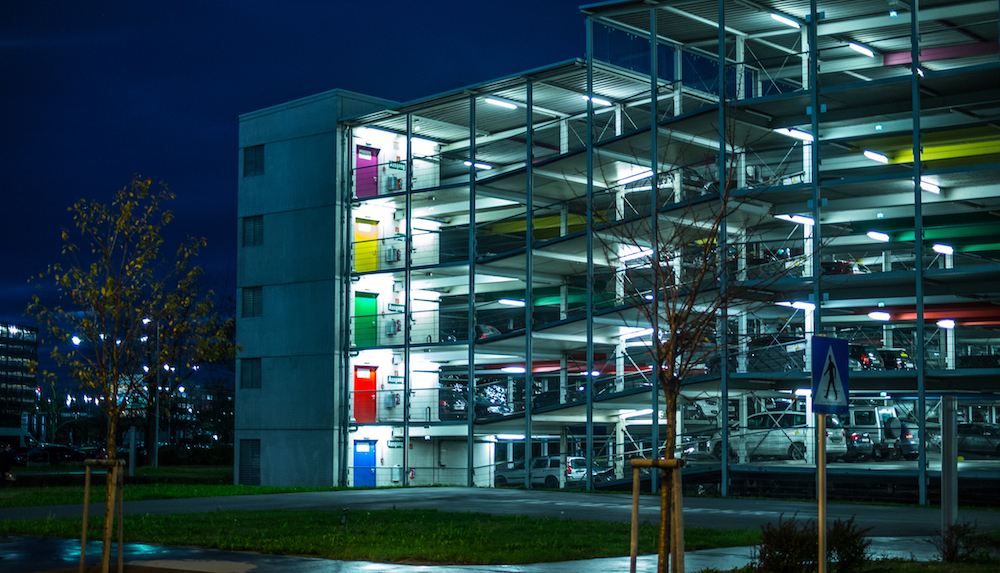This week, the American Institute of Architects (AIA) announced that it will create a resilience curriculum for the professional development of architects, including resilient design and decision-making on hazard mitigation, climate adaptation and community resilience.
The curriculum will include policy and practice-focused resources on AIA.org, research, and training. AIA will also expand existing professional and academic resilience network.
AIA targets phased implementation of the curriculum beginning next year.
“Building codes are a powerful tool architects can use to incorporate lessons learned from natural disasters, technology developments and building science innovation,” said AIA Chief Executive Robert Ivy, FAIA. “Yet we can do more to address the challenges of a changing climate. As we launch this new curriculum, we will be equipping our profession with additional vulnerability assessment, hazard mitigation and design adaptation tools to help them prepare communities to be resilient and adaptable to those challenges.”
The announcement was made at the White House Conference on Resilient Building Codes. The conference was called to discuss the role of building codes in community resilience, explore the economic benefits of resilient design, and consider actions that the Federal government and the private sector can take to advance resilience in the built environment.
Related Stories
Cultural Facilities | Feb 25, 2015
Edmonton considering 'freezeway' to embrace winter
If the new Edmonton Freezeway is constructed, residents will have an 11-km course that winds through the city and allows them to skate to work, school, and other city activities.
Building Team | Feb 24, 2015
Call for entries: 2015 Giants 300 survey
The annual Giants 300 Report ranks the top AEC firms in commercial construction, by revenue.
Industrial Facilities | Feb 24, 2015
Starchitecture meets agriculture: OMA unveils design for Kentucky community farming facility
The $460 million Food Port project will define a new model for the relationship between consumer and producer.
University Buildings | Feb 23, 2015
Future-proofing educational institutions: 5 trends to consider
In response to rapidly changing conditions in K-12 and higher education, institutions and school districts should consider these five trends to ensure a productive, educated future.
Office Buildings | Feb 23, 2015
The importance of quiet and the consequences of distraction
Recent work style studies show that the average knowledge worker spends 25-35% of their time doing heads-down focused work. Once thrown off track, it can take some 23 minutes for a worker to return to the original task.
Modular Building | Feb 23, 2015
Edge construction: The future of modular
Can innovative project delivery methods, namely modular construction, bring down costs and offer a solution for housing in urban markets? FXFOWLE’s David Wallance discusses the possibilities for modular.
| Feb 23, 2015
6 trends changing the way city dwellers live
Across the cultural grid, from food to retail to transportation, America's urban areas are already undergoing a major metamorphosis. Here are the six major trends shaping our cities, from Fast Company.
Green | Feb 23, 2015
State of the green union, and the next big shift in sustainability
The history of the green movement offers cues that we are on the precipice of another significant shift in the green union.
| Feb 23, 2015
Where are the iconic green buildings?
What does a green building look like? How would you know one if you saw one? Maybe a trivial question to some, but of great interest to architects, designers, and other members of the Building Team as the rapid evolution of sustainable buildings continues apace.
Sports and Recreational Facilities | Feb 21, 2015
Pumped-up recreation centers help build body, mind, and spirit
Adopting facility layouts from Asian and European models, today’s sports and recreational buildings are becoming social hubs that accommodate a variety of community needs.















